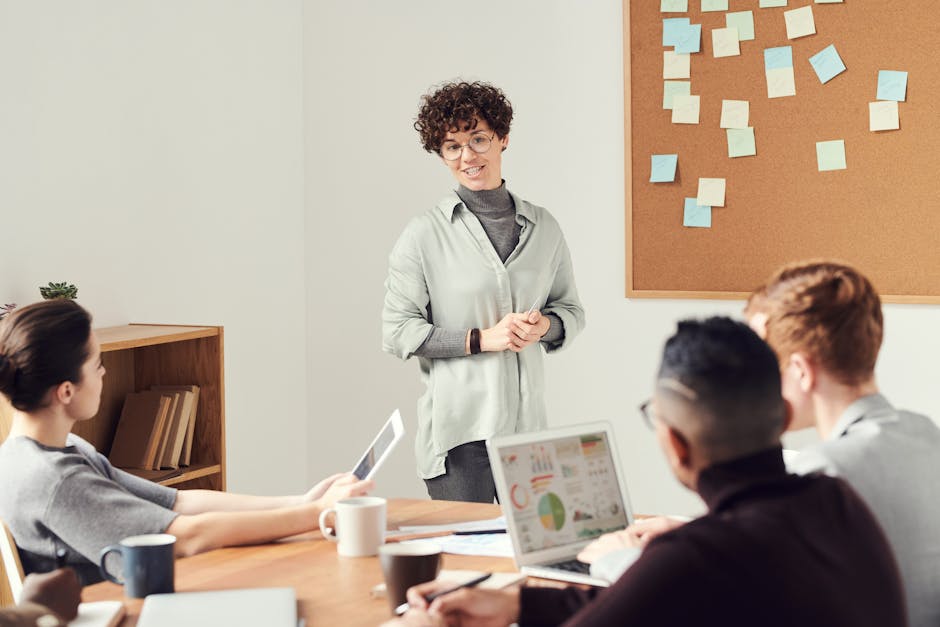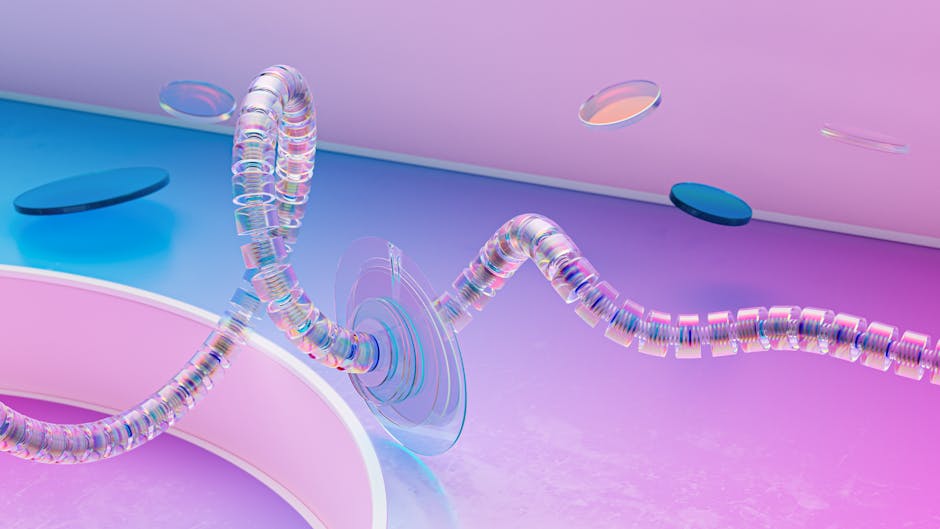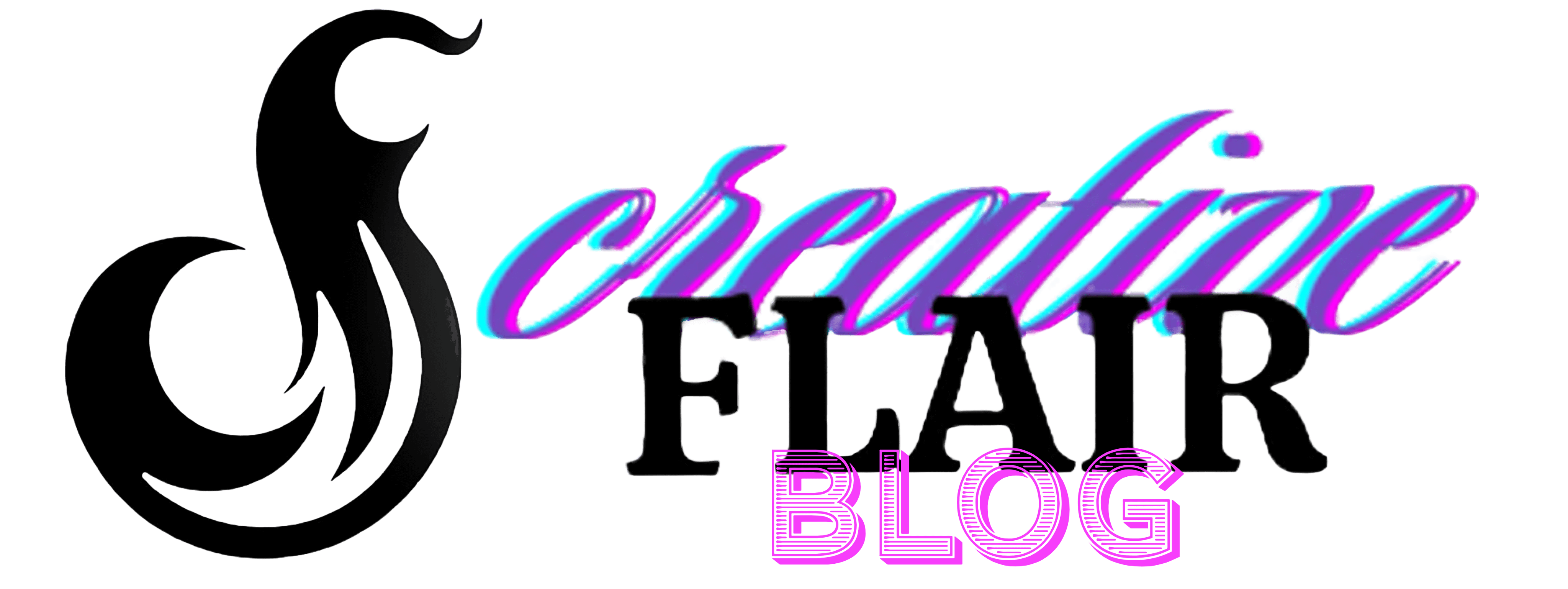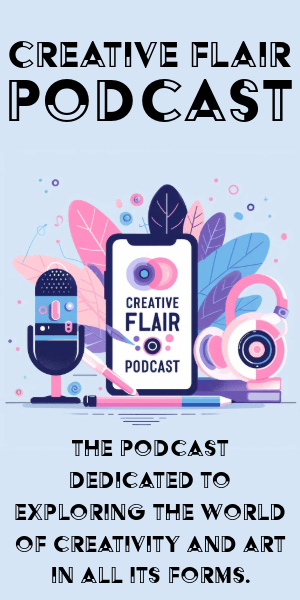AI Tools in Art
AI tools are transforming the art world. DeepArt.io allows artists to create digital artworks using AI algorithms to process images in the style of famous painters. Neural Painter lets artists experiment with various historical styles, while ArtBreeder combines images into new creations.
These tools become partners in the creative process, offering artists a brush that paints with hundreds of influences. They help relay textures, depths, and colors that would otherwise take years to master, accelerating the artistic process while keeping the artist's hand as the guiding force.
AI tools aren't replacing creativity but extending it. They push the boundaries of imagination and skill into new areas, widening the scope of traditional art. This blend of human and machine sparks debates on what art signifies in our contemporary world.
AI as a Creative Partner
Artists are finding inspiring accomplices in AI—collaborative partners that encourage them to embark on creative voyages they might not have imagined alone. This synergy provides a space for experimentation with new techniques and unconventional materials.
Picture an artist collaborating with a neural network. The artist provides the initial concept, and the AI weaves threads of innovation from its vast learned experience. The outcome is not a mere replication of established styles but a reinterpretation—a new voice born from collaboration.
AI empowers artists to experiment with elements that defy conventional limitations. It suggests alternative materials or generates complex design configurations based on minimal human input, enriching artistic intuition with technological innovation.
In this partnership, authenticity remains at the heart of creation. The input, intention, and ingenuity of the artist ultimately steer the ship. AI challenges us to redefine the contours of creation, insisting that art is not confined within strokes of a brush or molded clay. It's a fluid dialogue that invites us to reconsider our understanding of art in the modern age.
Ethical and Ownership Concerns
The emergence of AI-generated art raises questions about authorship and ownership. Who can claim ownership of art created by algorithms? If an AI produces a masterpiece prompted by human direction, who should the recognition go to—the programmer, the concept proposer, or the AI itself?
AI's tendency to replicate stylistic elements raises concerns about cultural appropriation. The potential misuse of cultural motifs without proper understanding or permission can muddy the waters of artistic integrity and sensitivity.
The art community is addressing these issues head-on. Open-source platforms and collaborative initiatives are being mobilized to demystify AI processes, promoting transparency and inclusive conversations. Artists and technologists are joining forces to advocate for systems with ethical frameworks that recognize the contributions and rights of creators.
Artist collectives and institutions are formulating guidelines that consider the rights of visual artists in this evolving digital sphere. Through workshops, seminars, and dialogues, they foster a culture where ethical considerations are as important as aesthetic ambitions.

Impact on Traditional Art Practices
AI challenges traditional art practices, urging artists to reevaluate their roles. As AI makes the creative process more accessible, there's a risk of losing the hands-on, visceral experience quintessential to traditional art forms.
Yet, the digital age doesn't foreclose the future of traditional art; it refines it. Artists are becoming curators of creative engagement, mentors ushering in innovation. Hybrid forms emerge, where oil meets algorithm and canvas embraces code. Artists find their creativity amplified, enabling them to focus on conceptual depth while reserving manual intricacies for impactful storytelling.
This synergy invites artists to explore a new aesthetic frontier, where historic methods are diversified rather than disrupted. The essence of art perseveres, even as its manifestations evolve. Artists are adapting, balancing the preservation of traditional craftsmanship with digital innovation.
Future Trends in AI Art
The future of AI art promises transformative experiences. Imagine digital galleries where AI crafts immersive, personalized journeys. Virtual realms could feature living artworks that morph and respond to viewers' presence.
AI-generated art markets are emerging, challenging traditional commerce paradigms. These markets prompt collectors to reconsider what constitutes value and investment in a world where pixels encase artistic legacy.
The rise of AI art fuels discussions about artistic authenticity and creativity's essence. We're reevaluating what artistry means in the digital age, drawing a line of inclusion where human creativity integrates with machine-assisted inspiration.
In this unfolding chapter, AI is a collaborator that augments our capabilities, heightening the resonance of our cultural expressions. The artistic horizon extends into uncharted areas, beckoning with promise—a vibrant dance of possibility upon the canvas of time.

As we look ahead, the fusion of AI and art stands as a testament to human creativity's potential. This partnership invites us to rethink what it means to create, blending tradition with innovation. With each brushstroke and algorithm, we're reminded that art remains a deeply human endeavor, even as it evolves alongside technology.
- Ajogwu F, Castellote J. Creating Art: Authenticity and Ownership in the Visual Arts. Lagos: MILIKI; 2023.
- Obiago S. The Importance of Authenticity and Ownership in Art Collection. Art Curator Quarterly. 2023;12(3):45-52.
- Egbuagu E. Emerging Artists and the Digital Art Market. 1952 Africa Art Foundation Journal. 2023;5(2):78-85.






















